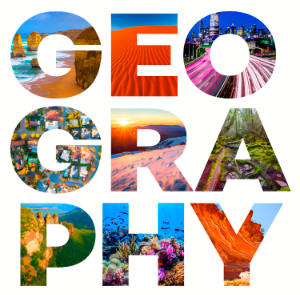CAREER PATHWAYS
Geography graduates are qualified to understand the world as an integrated whole. They use a powerful mix of geographical knowledge and transferable skills to solve a range of problems. They can analyse and synthesise complex environmental, economic, social, and political information to enable a geographical understanding of humans, environments, and the dynamic relationships between them.
Geography graduates are skilled in a range of research techniques, which can include fieldwork, survey design, statistical analysis, spatial data analysis including Geographic Information Systems (GIS), and other forms of qualitative and quantitative analysis. They are skilled at retrieving, synthesising, and communicating information, as well as managing data and drawing on different sources of knowledge. They think critically and creatively and work effectively in teams and on their own initiative.
These skills and attributes can be mentioned in their resumes and make geography graduates highly employable in a wide variety of fields across both government and non-government sectors. Their flexibility is demonstrated in a diversity of career paths. Fields of employment include, but are not limited to [1]:
AREAS OF GEOGRAPHICAL INTEREST
- Climate change assessment and planning
- Climatology and meteorology
- Coastal, marine and hydrographic analysis
- Community development
- conservation, heritage and land management
- Consulting and project management
- Education
- Environmental and social impact assessment
- Environmental monitoring and management
- Environmental science
- Geographic information systems (GIS)
- Geomorphology
- Hazard assessment, mitigation and disaster management
- International development and aid
- Local and regional development.
- Mapping and cartography
- Market research
- Natural resource management and agriculture
- Planning (including urban, regional, environmental, social and transport planning)
- Population analysis
- Public policy
- Public safety, defence and national security
- Real estate and land development
- Remote sensing
- Research
- Social services and welfare
- Surveying and geomatics
- Sustainability
- Tourism management[1]
In some fields additional qualifications or accreditation may be required (for example, academia, meteorology, urban planning, and surveying).
ENVIRONMENTAL CHANGE
Geographers are at the forefront in developing an understanding of how the environment of our planet changes, and how societies respond to these changes. Environmental change includes all the changes taking place in the Earth’s atmosphere, biosphere, hydrosphere, and its geomorphology. Geographers investigate the causes, consequences, relationships and responses to a diverse range of environmental changes and how these impact on humans.
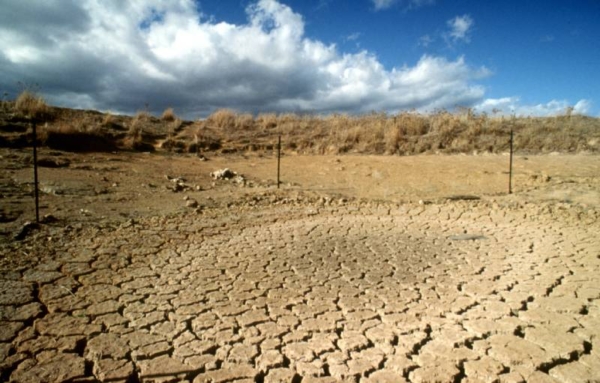
The increasing frequency and severity of drought is one of the consequences of global warming (Source: CSIRO)
Relevant careers include climate change assessment and planning; climatology and meteorology; environmental science; environmental and social impact assessment; environmental monitoring and management; geographical Information systems (GIS), geomorphology; local and regional development; mapping and cartography; public policy; remote sensing; research; and sustainability related careers.
ECONOMIC CHANGE
The economy, and the employment it creates, the incomes it provides, and the services and infrastructure it funds, are of central importance to households and individuals. Geographers are interested in the impacts of economic change on places and regions. In doing so, they focus on the processes producing these changes, and ways of promoting regional development. Geographers are interested in:
- Analysing the processes driving change in the spatial pattern of economic activity.
- The changing nature of manufacturing in developed countries, specifically the shift from labour-intensive manufacturing to high, value-added manufacturing.
- The extent to which remote and generally small towns can take advantage of the economic and population changes associated with mineral and energy extraction.

Wine production is an example of high value-added manufacturing
Relevant careers include climate change assessment and planning; community development; consultancy and project management; environmental and social impact assessment; environmental monitoring and management; international development and aid; local and regional development; mapping and cartography; public policy; planning; real estate and land development; research; and tourism management.
NATURAL HAZARDS
Extreme natural events are a recurring feature in many parts of the world. They are mostly weather-related and include droughts and floods, severe tropical cyclones, and heatwaves and bushfires. These events become hazards when they cause material damage to infrastructure, production and environmental resources, and/or the injury or death of people. Geographers investigate a range of hazard related issues including:
- The increased severity and frequency of drought as a result of climate change and the effect this has on the capacity of rural communities to adapt to generally dryer conditions.
- The resilience of farmers in the face of drought, and vital role in local towns play in providing social support to rural communities.
- The effects of flooding on river’s physical characteristics and how these affect the flooding events. Specific examples include the study of riverbank erosion over time, the identification of the major inundation surfaces and their average flood recurrence interval, modelling the effects of raising levee heights and identifying priority areas for restoring river-based vegetation that can reduce the severity of flooding.
- The vulnerability of environments to tropical cyclone damage. Specific examples include the resilience of intact tropical rainforests compared to remnant forests.
- Strategies for reducing hazard impacts including risk assessment, planning interventions, disaster resilience and storm and bushfire related building codes.
- Bushfire management.
- Mapping the vulnerability of communities to heatwaves and the development of mitigation strategies.
- The role of communities in disaster management.
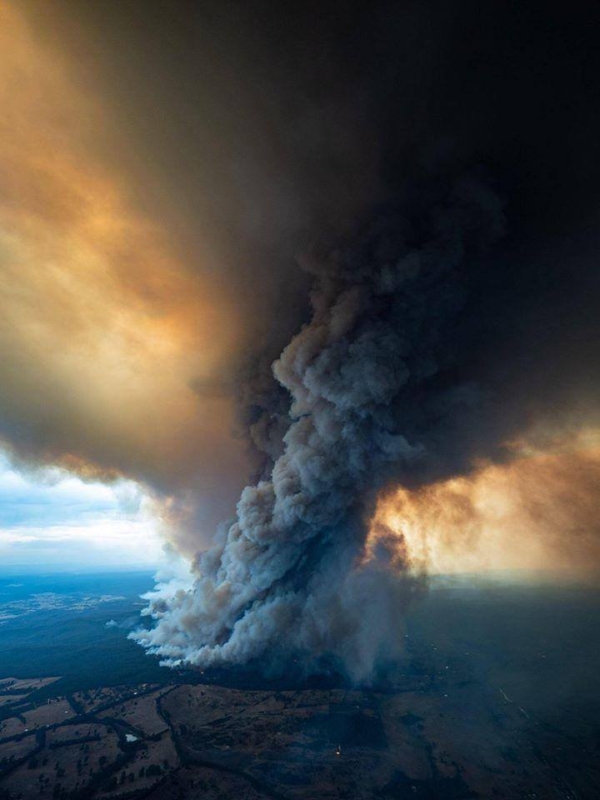
In early 2020 large areas of Eastern Australia were devastated by out of control bushfires driven by prolonged drought, at least in part a consequence of Australia’s warming climate (Source: ABC)
Relevant careers include climate change assessment and planning; climatology and meteorology; coastal, marine and hydrographic analysis; community development, and education; environmental and social impact assessment; environmental monitoring and management; environmental science; geographic information systems (GIS); geomorphology; hazard assessment, mitigation and disaster management; public policy, public safety, defence and natural security; remote sensing and research.
HUMAN WELLBEING
Geographers make an important contribution to our understanding of the factors that determine the health and wellbeing of Australians and those living in other parts of the world. Areas of particular interest include:
- The influence that people’s address has on their health. Key areas of interest include the impact of spatial inequalities in on peoples’ health, disease concentrations, spatial analyses of disease prevalence and incidence, environmental influences on health, accessibility to health services and the relationship between housing and health.
- The relative wellbeing of a population with particular reference to education, employment, housing, health, accessibility of services, environmental quality, social relationships and social connectedness, security and respect.
- Locational disadvantage – the idea that socio-economically disadvantaged individuals and households are often concentrated in places—both urban and rural – with poor employment, training and educational opportunities.
- Social isolation – defined as living without companionship, having low levels of social contact, little social support, feeling separated from others, being an outsider, isolated and suffering loneliness.
- The social policy dimensions of the impediments and challenges faced by Indigenous peoples.

Homelessness is an example of the social disadvantage apparent in even the wealthiest of countries (Source: Shutterstock)
Relevant careers include climate change assessment and planning; consulting and project management; education; environmental and social impact assessment; international development and aid; local and regional development; planning; populational analysis; public policy; social services and welfare.
URBAN PLACES
Australia is a highly urbanised country with two-thirds of the population living in the capitals of its states and territories. These cities have a wide range of environmental, economic, infrastructure, social and cultural issues, and not surprisingly are the subject of extensive geographical study. Areas of particular interest include:
- The relative position of Australia’s cities within global and national city networks.
- The internal structure of Australian cities with particular reference to the changes in population density patterns, including a renewed trend towards medium and high-density inner-city living (urban consolidation).
- Strategies to improve transport solutions within Australia’s cities.
- The funding of critical urban infrastructure.
- The ways people move through different types of housing during their life, and the effects of life events on their ability to maintain their position in the housing market.
- Attitudes towards ethnic diversity.
- The struggles of urban Aboriginal and Torres Strait Islander people to have their history of ownership and the subsequent dispossession of places that are now urban acknowledged, and their right to maintain a connection with and presence in urban places of significance recognised.
- Urban heat islands and their impacts.
- Water in urban areas, including ways to retain and treat stormwater, the rehabilitation of degraded urban waterways and the diversification of urban water sources by recycling stormwater and wastewater.
- Urban sustainability with particular reference to the relationship between the low residential densities of Australian cities as a barrier to improving sustainability, given that it results in high levels of private car use and water consumption.
- The need for more flexible and adaptive urban planning systems to accommodate the disruption caused by technological change.
- The impacts of urban renewal projects on low-income residents and small businesses.

Urban places are of particular interest to geographers and urban planning is a major source of employment for geography graduates (Source: Shutterstock)
Relevant careers: urban planning; landscape architecture; community development; conservation, heritage and land management; consulting and project management; education; environmental and social impact assessment; environmental monitoring and management; populational analysis; public policy; public safety; real estate and land development; remote sensing; research, social services and welfare and sustainability.
REGIONAL AND RURAL AUSTRALIA
Regional and rural Australia is defined as all those areas outside the state and territory capital cities. With a population of eight million – one-third of the nation’s population – non-metropolitan Australia features a wide variety of environments, economies and settlements. Australian geographers are particularly interested in investigating, describing and explaining:
- Dynamic population and environment interactions in non-metropolitan settings.
- The demographic, socio-cultural and economic characteristics of different country towns.
- How and why these characteristics differ over space and from place to place.
In doing so, geographers study the diversity and complexity of rural and regional Australia and Aboriginal and Torres Strait Islander geographies of rural and regional Australia.

Many of Australia’s smaller rural settlements are in decline as a result of economic and technological change. Here, deserted shops line the main street of Terowie: a small town in the mid-north region of South Australia, some 220 kilometres to the north of the state capital, Adelaide (Source: Shutterstock)
Relevant careers include climate change assessment and planning; climatology and meteorology; community development; conservation, heritage and land management; consulting and project management; education; environmental and social impact assessment; environmental monitoring and management; mitigation; local and regional development, mapping and cartography, market research, natural resource management and agriculture, planning, populational analysis; public policy; research, social services and welfare; sustainability, tourism management.
COASTAL AND MARINE ENVIRONMENTS
The world’s diverse coastal landscapes are highly dynamic, constantly changing as a result of both marine and terrestrial processes. As the home to most of the world’s population, and a focus for tourism and recreation, the coast is also a major site for human-environment interactions. This makes it an important area for geographical research. Areas of specific interest include:
- The study of coastal processes focusing on the interactions between the hydrodynamic processes (waves, winds, tides and currents) that erode or deposit coastal materials, and the landforms that these processes produce.
- The impacts of past sea-level changes as a guide to future impacts.
- The rate of sea-level rise and associated changes to the coastal environment.
- The vulnerability of estuaries and their adjacent floodplains to inundation and erosion resulting from climate change.
- The socio-economic vulnerability of coastal communities to climate change.
- Coastal planning and management policies.
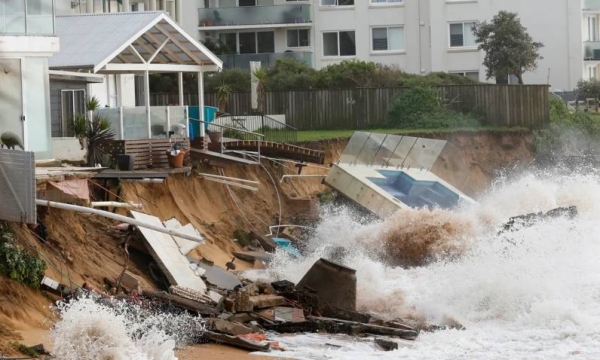
Coastal erosion, Northern Beaches, Sydney (Source: The Guardian)
Relevant careers include climate change assessment and planning; coastal, marine and hydrographic analysis; environmental and social impact assessment; environmental monitoring and management; environmental science; geographic information systems (GIS); geomorphology; hazard assessment; mitigation and disaster management; mapping and cartography; public policy; real estate and land development, remote sensing, research; sustainability; and tourism management.
ASIA-PACIFIC REGION
Australian geographers make a major contribution to educating and informing Australians about the region.
Areas of specific interest include:
- The impacts of climate change in the region—including the biophysical and human processes contributing to climate change, and the interconnections between the two.
- Mitigating and adapting to climate change – place-specific responses.
- Sea-level rise and its implications for the island nations of the Pacific.
- The causes of wetland loss and degradation.
- Conflicts over land and resource development that examine how complex interactions between local, regional, national and international levels produce different outcomes in different places.
- Linkages of rural communities with urban areas through permanent or temporary migration.
- The nature of agricultural change.
- The efforts of local communities and marginalised peoples to find development approaches that meet their needs and values.
- Water management in a multinational context.
- Food security.
- Intra-regional migrations.
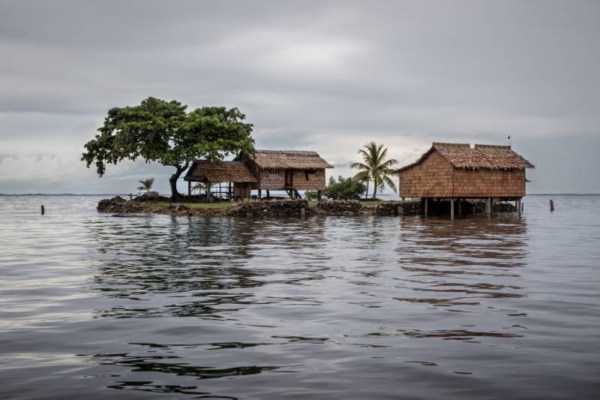
Rising sea levels areas are a threat to the island of the islands of the Pacific (Source: Shutterstock)
Relevant careers include climate change assessment and planning; community development; environmental and social impact assessment; environmental monitoring and management; environmental science; geographic information systems (GIS); mitigation and disaster management; international development and aid; local and regional development; natural resource management; planning; populational analysis; public policy; defence and natural security; remote sensing; sustainability; and tourism management.
The universities in which geography is taught are listed below. Each entry shows the academic administrative unit to which geography belongs, the name of the institution, its location, and the appropriate home page.
School of Science
Australian Defence Force Academy/UNSW Canberra
Fenner School of Environment & Society
Australian National University, Canberra
Geography- A major offered by the ANU Joint Colleges of Science
Australian National University, Canberra
School of Design and the Built Environment
Curtin University
School of Education and the Arts
CQUniversity North Rockhampton Q 4702
College of Humanities, Arts and Social Sciences
Flinders University, Adelaide
College of Science and Engineering
Flinders University, Adelaide
College of Science and Engineering
Natural Sciences
Flinders University, Adelaide
Choose a major in Geography and Environmental Studies
Flinders University, Adelaide
Centre for Disaster Studies
James Cook University
Centre for Research & Innovation in Sustainability Education
James Cook University
Discipline of Geography
James Cook University
Department of Earth and Environmental Sciences
Macquarie University, Sydney
Department of Geography and Planning
Macquarie University, Sydney
Human Geography
School of Social Sciences
Monash University, Melbourne
School of Environment, Science & Engineering
Southern Cross University, Lismore
Department of Geography, Environment and Population
The University of Adelaide, Adelaide
School of Geography
The University of Melbourne, Melbourne
School of Environmental and Life Sciences
University of Newcastle, Newcastle
School of Humanities, Arts and Social Sciences
Study Geography and Planning
University of New England, Armidale
School of Biological, Earth and Environmental Sciences (BEES)
University of New South Wales, Sydney
School of Earth and Environmental Sciences
University of Queensland, Brisbane
School of Law and Society
University of the Sunshine Coast
School of Geosciences
University of Sydney, Sydney
Disciplines of Geography, Planning, and Spatial Sciences
University of Tasmania
Department of Geography and Planning
University of Western Australia, Perth
School of Social Sciences
Western Sydney University, Sydney
School of Geography and Sustainable Communities
Faculty of Social Science
University of Wollongong, Wollongong
School of Earth, Atmospheric and Life Sciences (SEALS)
University of Wollongong, Wollongong
* Also check out a wide range TAFE accredited courses:
